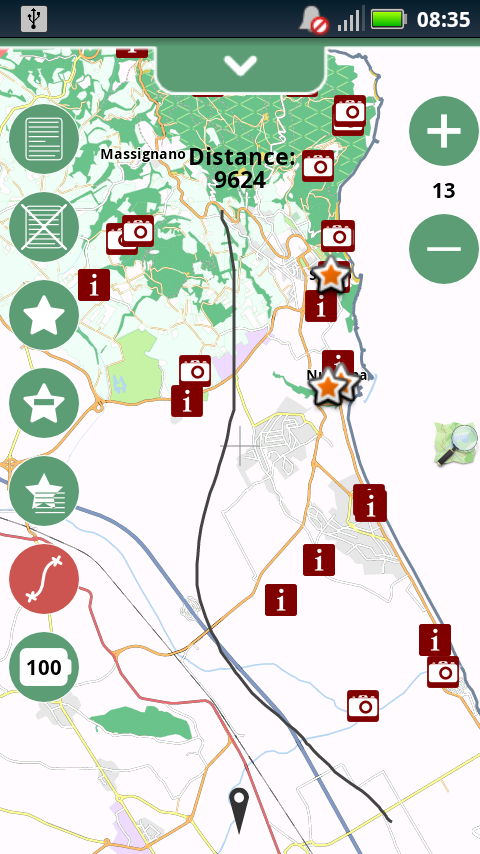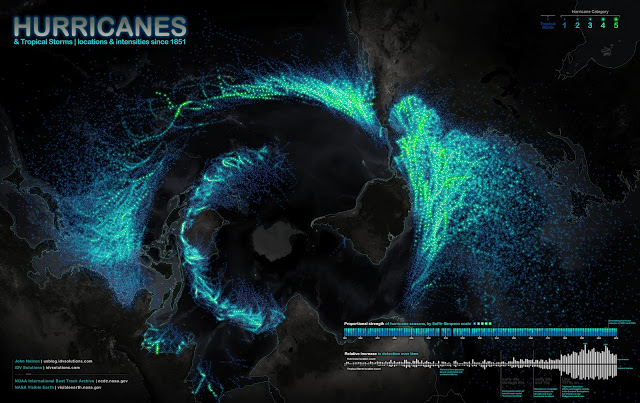The project that initially emerged from Autodesk and became MapGuide Open Source just released its version 2.4.
I haven't found a summary of the changes so far. There seems to be numerous improvements to MapGuide OS's core, to Fusion Tools and FDO. Here's what looks like their list of major new items:
- A new service for profiling performance (RFC 110)
- Web Tier directories now include SVN metadata, allowing for the pulling of viewer updates and fixes instantly with a subversion client (RFC 111)
- Path scaling support in Symbol Definitions (RFC 113)
- New Feature Service API for save points RFC 114
- Improved Coordinate System conversion performance (RFC 116)
- IPv6 support (RFC 118)
- Support for enhanced URL information in Layer Definitions (RFC 119)
- Configurable Coordinate System dictonary paths via serverconfig.ini and webconfig.ini (RFC 122)
- Feature Join performance optimizations (RFC 123 and
- Toggle-able tooltips for AJAX and Fusion viewers (RFC 120)
- Lots of performance and usability improvements in Fusion (see this link for an overview)
- Datum Transformation enhancements (RFC 94)
- WMS 1.3.0 support (RFC 95)
- QuickPlot? command for AJAX and Fusion viewers (RFC 96)
- EPSG/SRID code changes (RFC 98)
- WFS 1.1.0 support (RFC 106)
- Watermark support (RFC 108)
My main question when MapGuide Open Source comes to my mind: what's the status of its adoption? I had a lot of hopes for it when Autodesk made MapGuide open source along with providing the financial support for OSGeo's birth, but it seems like MapGuide does not get much love nowadays, at least not as much as competing solutions like GeoServer and MapServer. Any comments?





